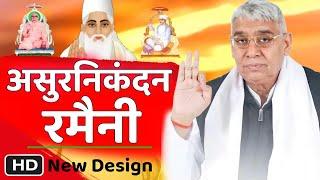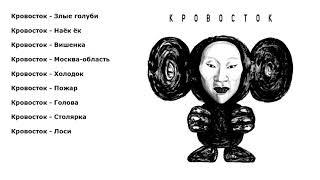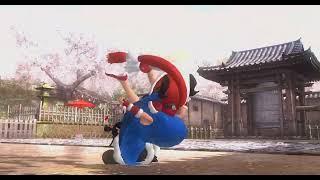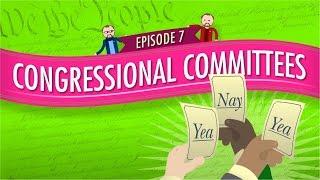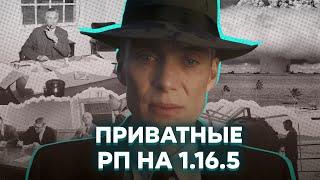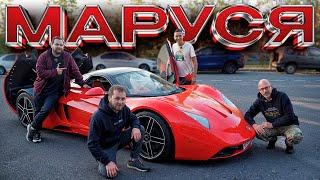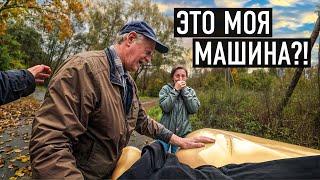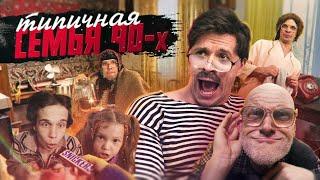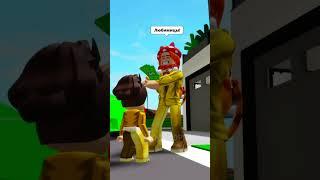
"THE END"- Short film by Shiv Sagar
"The End" is short film written, directed and edited by Shiv Sagar while studying at the New York Film Academy. "The End" as the name suggests is a contemporary take on American History especially referring to the end of the Native American people. It is an attempt to turn popular perceptions of American history onto their head especially highlighting the plight of the Natives. There are many films made in the West about the Jewish and other Holocausts but almost nothing about the biggest genocide in the history of mankind where more than 100 million Native Americans were mass murdered by incoming waves of European settlers. The film also has an India connection. Not many Americans themselves know about the fact that Christopher Columbus was actually on his way to discover an alternative route to India and by accident he landed up in the West Indies and that’s how America was discovered. So there is an ancient link between two of the world's biggest democracies that goes back many hundreds of years.
The film is about an Indian cab driver, Ramesh, who drives the yellow cab in New York City and an Italian-American New Yorker, Michael, who has recently lost his job and is now busy protesting on Occupy Wall Street. They are both having a bad day, as the Indian immigrant in spite of having lived in America for over 20 years still longs to go back to India and has not yet been able to adapt to the American way of life. Michael is broke and hence edgy. Michael hails a cab just before donating a dollar bill to a Street Musician who is playing the Violin. Ramesh is talking on the phone not paying any attention to Michael which pisses of Michael further who gets personal and starts to instigate Ramesh. They get into an argument about whether Christopher Columbus was actually en route to India or not, which Ramesh says he was. Their conversation is "Lost in Translation" and colored by their different Cultural backgrounds which leads to the argument getting even more personal and boisterous. Finally when Michael calls him a terrorist, Ramesh throws him out of the cab and drives off. Michael drops his wallet in the cab as he leaves in a hurry.
Michael does some research while lying down in his bed at home on this intriguing subject and drowses off into an initially black and white dream sequence where he is dressed up as Christopher Columbus and walking the streets of modern day New York. He asks a passerby whether he has reached India to which he gets a reply which is both entertaining and very New Yorkish. Finally Michael in his now colorful dream state sees the same violin player that he had donated a dollar bill to the previous day. He surprised to see the violinist in his dream but the same visual prompts him to remember that he has dropped his wallet off in the cab and he wakes up with a jerk. It is the next day morning.
Michael goes back to the same Indian Restaurant near which he had hired the cab and finds Ramesh eating a meal inside. Initially again there is a bit of friction between them but then Ramesh decides to stop troubling him and gives him back his wallet. Michael is reassured about Ramesh's good intentions after he checks that all the contents of his wallet are indeed intact. He begins to apologize to Ramesh for his behavior the previous day and also tells him about his internet research on Christopher Columbus. Ramesh is vindicated that he was right about it. Michael also tells him about some other American Stereotypes about Hinduism and India - such as "Buddha was not Chinese but an Indian Prince" and Ramesh gives him a philosophical explanation about why Rats are worshipped in India in some temples. They learn about each other's cultures and come closer. Ramesh too apologizes to him for throwing him out of the cab. Finally Ramesh agrees to give him a ride again.
They drive off chatting with each other, excited about their new-found friendship. They see once again the street violinist playing his strange violin which has a dream-catcher attached to it. Ramesh slows down the cab as they pass him by - while Michael contemplates about the identity of the street violinist. He sees a vision of the violinist as a Native American - dressed in his complete tribal garb. He discovers then the true history about the tragedy of the Native Americans - and the mistakes his own forefathers might have made. The film attempts to show that the Natives to whom this land really belonged to have now been reduced to playing music in the metros and streets of New York.
The film is about an Indian cab driver, Ramesh, who drives the yellow cab in New York City and an Italian-American New Yorker, Michael, who has recently lost his job and is now busy protesting on Occupy Wall Street. They are both having a bad day, as the Indian immigrant in spite of having lived in America for over 20 years still longs to go back to India and has not yet been able to adapt to the American way of life. Michael is broke and hence edgy. Michael hails a cab just before donating a dollar bill to a Street Musician who is playing the Violin. Ramesh is talking on the phone not paying any attention to Michael which pisses of Michael further who gets personal and starts to instigate Ramesh. They get into an argument about whether Christopher Columbus was actually en route to India or not, which Ramesh says he was. Their conversation is "Lost in Translation" and colored by their different Cultural backgrounds which leads to the argument getting even more personal and boisterous. Finally when Michael calls him a terrorist, Ramesh throws him out of the cab and drives off. Michael drops his wallet in the cab as he leaves in a hurry.
Michael does some research while lying down in his bed at home on this intriguing subject and drowses off into an initially black and white dream sequence where he is dressed up as Christopher Columbus and walking the streets of modern day New York. He asks a passerby whether he has reached India to which he gets a reply which is both entertaining and very New Yorkish. Finally Michael in his now colorful dream state sees the same violin player that he had donated a dollar bill to the previous day. He surprised to see the violinist in his dream but the same visual prompts him to remember that he has dropped his wallet off in the cab and he wakes up with a jerk. It is the next day morning.
Michael goes back to the same Indian Restaurant near which he had hired the cab and finds Ramesh eating a meal inside. Initially again there is a bit of friction between them but then Ramesh decides to stop troubling him and gives him back his wallet. Michael is reassured about Ramesh's good intentions after he checks that all the contents of his wallet are indeed intact. He begins to apologize to Ramesh for his behavior the previous day and also tells him about his internet research on Christopher Columbus. Ramesh is vindicated that he was right about it. Michael also tells him about some other American Stereotypes about Hinduism and India - such as "Buddha was not Chinese but an Indian Prince" and Ramesh gives him a philosophical explanation about why Rats are worshipped in India in some temples. They learn about each other's cultures and come closer. Ramesh too apologizes to him for throwing him out of the cab. Finally Ramesh agrees to give him a ride again.
They drive off chatting with each other, excited about their new-found friendship. They see once again the street violinist playing his strange violin which has a dream-catcher attached to it. Ramesh slows down the cab as they pass him by - while Michael contemplates about the identity of the street violinist. He sees a vision of the violinist as a Native American - dressed in his complete tribal garb. He discovers then the true history about the tragedy of the Native Americans - and the mistakes his own forefathers might have made. The film attempts to show that the Natives to whom this land really belonged to have now been reduced to playing music in the metros and streets of New York.
Комментарии:
أحمد جداري مع الفنان محمود القصير 2018 Al-Sanfour
Ahmad Jdari | احمد جداري
"THE END"- Short film by Shiv Sagar
Sagar World
Dream's SECRET Plan...(The Discs DIDN'T MATTER)
Animagician
The smart way to learn fast!
Animation Club School
ريم السواس - دبكة دقتين | جديد حفلة 2023
Ahmad Jdari | احمد جداري
Кровосток "ЧБ"
opasnaya britva
Who's buying our elections?
Good Work


